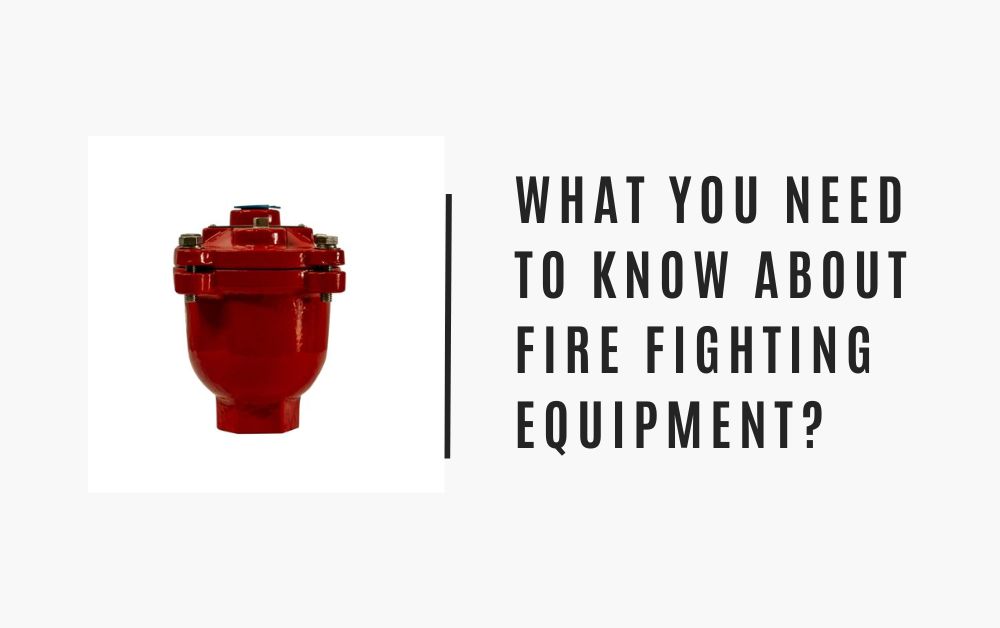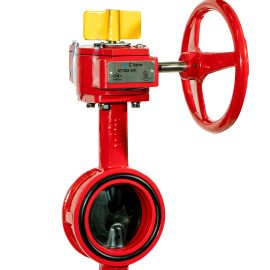
Fire fighting equipment plays a critical role in safeguarding lives and property during emergencies. Understanding the types of equipment available, their functions, and maintenance requirements is essential for ensuring effective fire safety measures. In this blog, we explore everything you need to know about fire fighting equipment, from basic firefighting tools to advanced systems used in commercial and residential settings.
Importance of Fire Fighting Equipment
Protecting Lives and Property
The primary purpose of fire fighting equipment is to extinguish fires swiftly and efficiently. Prompt intervention can prevent the spread of flames, minimize property damage, and most importantly, save lives.
NOTE:- Searching for a top-notch supplier of Fire Fighting Equipment Supplier in dubai? Speak with Sensor Tech right now! We provide a wide selection of fire safety goods that are made to the highest standards of effectiveness and safety as your reliable source. Make sure your property has the newest and greatest fire safety technology by contacting Sensor Tech right now for knowledgeable guidance and outstanding support.
Ensuring Safety in Emergencies
Access to functional fire fighting equipment ensures that occupants can respond effectively in emergency situations, enhancing overall safety within buildings.
Mitigating Fire Risks
Having adequate fire fighting equipment reduces the risk of catastrophic fires by enabling early intervention and containment efforts.
Types of Fire Fighting Equipment
Portable Fire Extinguishers
Portable fire extinguishers are essential tools for controlling small fires before they escalate. They come in various types designed to combat different classes of fires, such as:
Class A (Ordinary Combustibles)
Used for fires involving ordinary combustible materials like wood, paper, and cloth.
Class B (Flammable Liquids)
Effective against fires fueled by flammable liquids such as gasoline, oil, and grease.
Class C (Electrical Equipment)
Designed for fires involving electrical equipment, including appliances, wiring, and circuit breakers.
Fire Hoses and Nozzles
Fire hoses connected to a water supply allow firefighters to deliver large volumes of water to extinguish fires rapidly. Nozzles control the flow and direction of water, optimizing firefighting efforts.
Types of Fire Hoses
Different types of fire hoses include attack hoses for initial fire suppression and supply hoses for transporting water from external sources.
Nozzle Varieties
Nozzles vary in design to provide adjustable spray patterns and water flow rates tailored to specific firefighting needs.
Fire Sprinkler Systems
Automatic fire sprinkler systems are installed throughout buildings to detect and suppress fires before they spread. These systems activate when heat from a fire causes sprinkler heads to release water.
How Sprinkler Systems Work
Sprinklers are strategically positioned to cover designated areas, ensuring rapid fire suppression and containment.
Benefits of Sprinkler Systems
Sprinkler systems reduce fire damage, limit smoke spread, and provide additional time for occupants to evacuate safely.
Maintenance and Inspection

fire fighting equipment supplier in dubai
Importance of Regular Maintenance
Proper maintenance is crucial to ensure fire fighting equipment remains operational and reliable during emergencies.
Inspecting Equipment
Regular inspections identify potential defects, damage, or obstructions that could compromise equipment performance.
Testing Procedures
Testing procedures include conducting pressure tests on hoses, inspecting extinguisher gauges, and verifying sprinkler system functionality.
Compliance with Regulations
Adhering to fire safety regulations and standards is essential for ensuring equipment reliability and legal compliance.
Regulatory Requirements
Regulations outline maintenance schedules, testing protocols, and equipment placement criteria to optimize fire safety measures.
Professional Services
Engaging certified technicians and fire safety professionals ensures compliance with regulations and enhances equipment reliability.
Emergency Preparedness and Training
Training for Effective Response
Training occupants in fire safety protocols and equipment operation enhances preparedness and response capabilities.
Conducting Drills
Regular fire drills simulate emergency scenarios, familiarizing occupants with evacuation procedures and equipment use.
Educating Personnel
Training programs educate personnel on fire hazards, prevention measures, and emergency response strategies.
Conclusion
Understanding fire fighting equipment is essential for promoting fire safety and minimizing risks in residential and commercial environments. By recognizing the importance of different types of equipment, maintaining compliance with regulations, and prioritizing emergency preparedness, individuals and organizations can mitigate fire hazards effectively. Investing in reliable fire fighting equipment, conducting regular maintenance, and providing comprehensive training empower communities to safeguard lives, protect property, and promote a culture of safety.
Note:- For more articles visit on a4everyone.